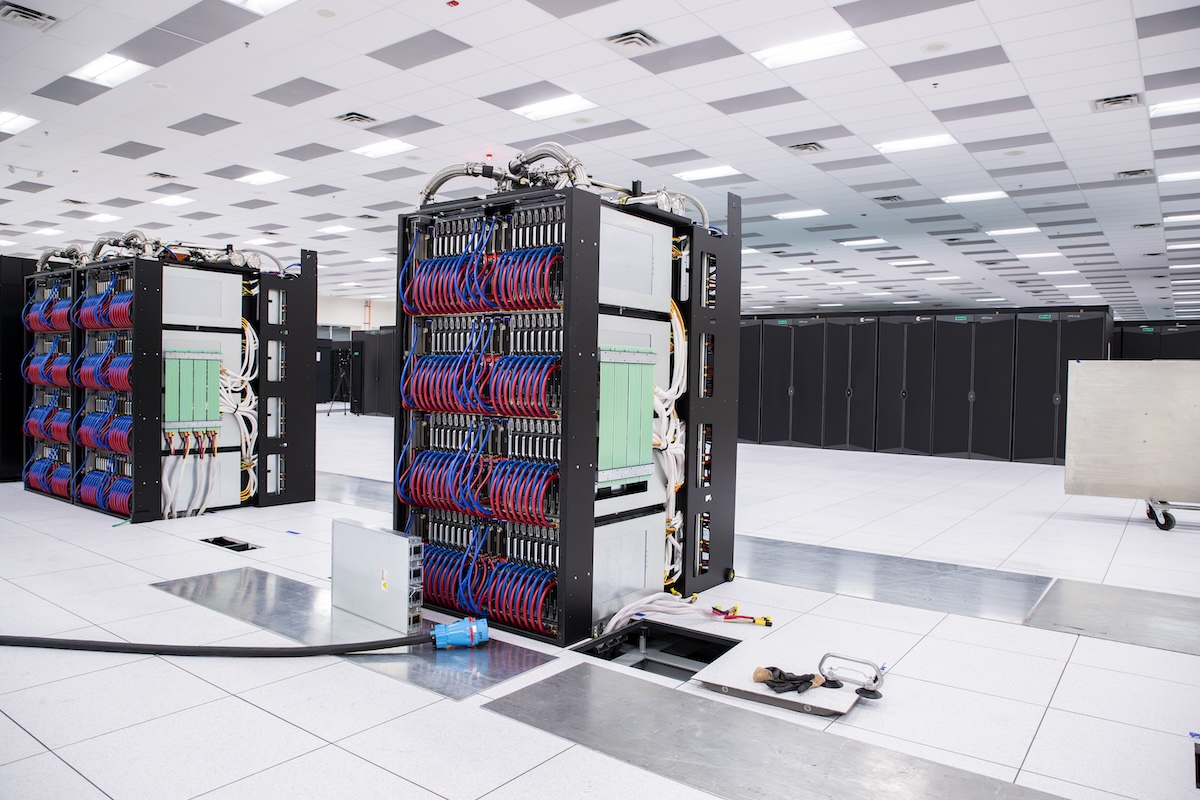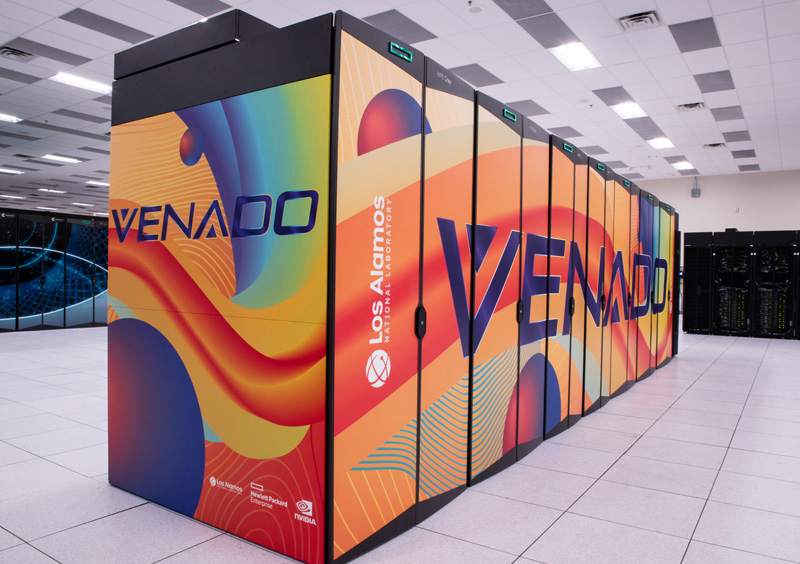Nuclear weapon simulation and computing
Ensuring the safety and reliability of the nation's nuclear weapons stockpile
The Advanced Simulation and Computing (ASC) Program supports the Department of Energy's National Nuclear Security Administration (NNSA) Defense Programs by developing simulation capabilities and deploying computing platforms to analyze and predict the performance, safety, and reliability of nuclear weapons and to certify their functionality in the absence of nuclear testing. The ability to model the extraordinary complexity of nuclear weapons systems is an essential element of the Stockpile Stewardship Program (SSP).







